
Yellow kale is a bad sign -- meaning "Do not eat." Occasionally, a bad bunch will wind up on supermarket shelves or even in your refrigerator, but your best attempts to salvage them could not make these yellow greens edible. The vibrant vegetable's normal colors range from green to blue and even purple, but yellow kale is a sign that the plant has been compromised by bug infestation or disease. Along with discoloration, you'll likely also notice other visual cues that instantly identify unhealthy kale.
The Problem With Yellow
Yellow leaves are a sign that kale is beginning to go bad. The yellow color could be the result of plant disease like Black Rot, frost and even bug infestation. Whatever the cause of the color, yellow kale should be avoided, tossed out or composted.
Acceptable Colors
The color of edible kale depends on its variety, of which there are three: ornamental, dinosaur and curly kale. Ornamental kale only comes in a rich, deep green color, while curly kale can be white, green, purple or a mix of these colors. Dinosaur kale is found in shade between blue and purple with green mixed in. None of the kale varieties are edible if they are yellow.
Spotting Bad Kale
In addition to discoloration, there are other ways to spot bad kale. Wilted, rubbery or crushed leaves should be avoided. Bad kale is also very bitter and becomes more so as the kale ages. When shopping for kale, a careful visual inspection can quickly pick out a bad bunch, with no need for smelling or manhandling the leaves.
Some Storage Limitations
Lots of cooks find the bad kale in their own crispers. To extend the life of newly purchased kale, place it, unwashed, in a plastic container with a paper towel to soak up any excess moisture that collects before it is used. Put a lit on the container and store it in a refrigerator for up to three days. Beyond this time, expect the flavor to and color of the kale to start to turn.
Related Articles
How to Store Your Fresh Cut Kale

How to Eliminate Bitterness in Broccoli
How to Freeze Bok Choy

When Is Bok Choy Bad?

Cooking Kale Greens

How Long Should You Steam Kale?

How to Store Alfalfa Sprouts
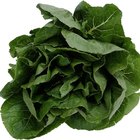
How to Dry Spinach

How to Freeze Ramps & Wild Leeks

How to Blanch Kale for Freezing
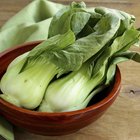
Bok Choy Nutrition

How to Cook Red Aztec Spinach

How to Dry Artichokes

How to Cook Kale in a Pan With Butter ...

What Are Basil Sprigs?
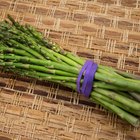
How to Know When Asparagus is Spoiled

How to Cook Kale Raab

How to Get Yellow Out of a Gray Beard
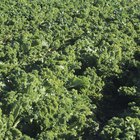
Acne & Kale
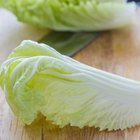
How to Prepare Romaine Lettuce
References
Writer Bio
Jonita Davis is freelance writer and marketing consultant. Her work has appeared in various print and online publications, including "The LaPorte County Herald Argus" and Work.com. Davis also authored the book, "Michigan City Marinas," which covers the history of the Michigan City Port Authority. Davis holds a bachelor's degree in English from Purdue University.
Photo Credits
Jupiterimages/Photos.com/Getty Images